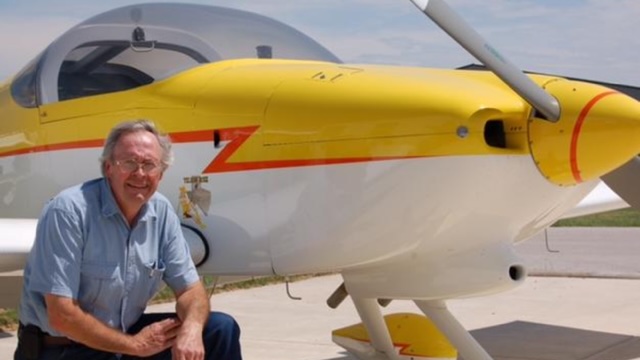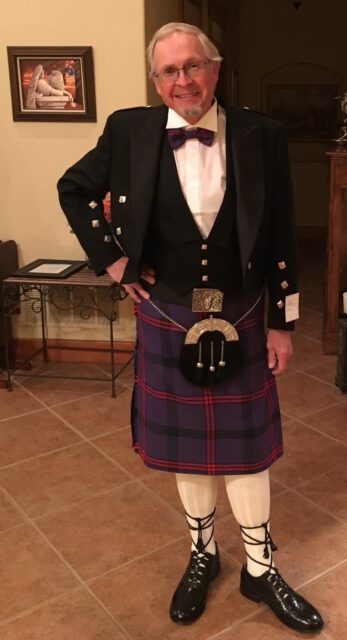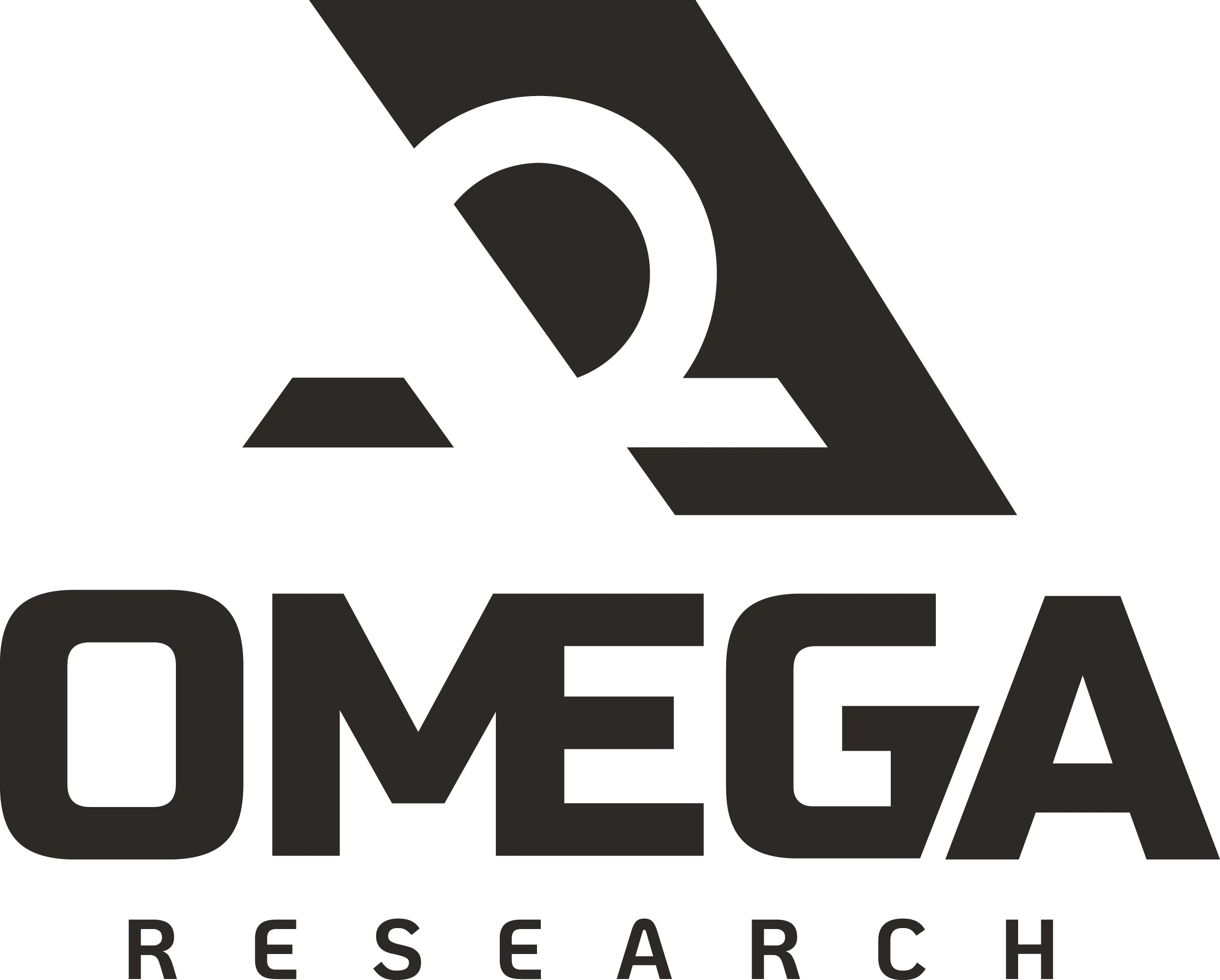Wm. Craig Willan is the founder and Chairman Emeritus of Omega Research and Engineering Inc. in Decatur, Texas. Omega is an aircraft engineering and testing firm that works with major U.S. and European aircraft companies, as well as organizations like NASA, the FAA, and the National Transportation Safety Board (NTSB). In 2017, after 33 years of pioneering work in understanding the effects of hydrogen on aircraft alloys, Omega Research was acquired by Goff Aerospace. Craig continues to serve as Chairman Emeritus and advisor to both Omega and Goff Aerospace.

Craig graduated from the South Dakota School of Mines and Technology in 1976 with a Bachelor of Science degree in Metallurgical Engineering, and received his Masters in Metallurgical Engineering from the same institution in 1978. His postgraduate Doctorial studies were in Materials Science at the University of Texas. He is a Registered Professional Engineer (PE) in the States of Texas, and Utah. Craig has worked over 52 years in the aircraft, missiles, and space industry, starting as a Cessna FBO mechanic in 1972, hiring into Bell Helicopter in 1977. He served in various engineering design and laboratory positions during his many years at Bell Helicopter, finishing his tenure there heading up the V-22 Osprey Tilt Rotor materials efforts as V-22 Project Metallurgist -New Materials & Processes. His unique metallurgical development work at Bell Helicopter in the early 1980’s gave birth to the industry wide use of premium cast and HIP’ed structural titanium investment castings for airframe use. Aerospace industry adopted mechanical property design allowables came from his work at Bell Helicopter, and two of the largest and most critically loaded structural titanium aircraft castings ever produced were incorporated into the V-22 wing structure.
Craig Willan is the sole holder of 6 United States Patents covering:
- Crack inspection of pressurized aircraft fuselage skins “Flawed Edge” (Aloha Disaster)
- The first U.S. developed and patented bomb proof LD-3 airline cargo container (Lockerbie Disaster)
- Two patented devices for the reduction of acid rain air pollution.
- A new and novel accelerated hydrogen embrittlement testing method.
- Medical Device for the Interdiction of Airborne Bacteria & Viruses
- (Patent is pending. F.A.C.T- Facial Air Curtain Technology)
Craig remains passionate about high-energy rate physics and shock hardening of metals. He has also worked on U.S. patent applications for a novel, fully metallic super-toughness armor plate concept. Craig is involved in medical device projects, including the treatment of glaucoma, and he is also focused on providing safe drinking water systems to third-world nations through his volunteer work with Engineers Without Borders.

As a respected industry leader, Craig has authored numerous aerospace publications on materials and processes and is considered an expert on metallic surface finishes and hydrogen’s effects on aerospace alloys. He has written white papers, technical briefs, conference papers, and industry specifications, and is an active participant in (SAE) and the American Society for Testing of Materials (ASTM) committees focused on metallurgy and testing requirements for aircraft, missiles, and space programs. In 2014, he served as a Special Science & Technology advisor to the Chief Scientist of the U.S. Air Force. The NTSB has enlisted Craig’s expertise in numerous aviation accident investigations over the last 35+ years.
Craig was the 2017 recipient of the Wright Family (Witt) Award for his contributions in the understanding of the engineering materials making up the 1903 Wright Flyer, and also engineering directives in the 1910 Wright B Flyer propulsion drive system materials redesign.
Craig is Chairman Emeritus of SAE- Aerospace Materials Division Committee B. He is a past officer of the North Texas Chapter of the American Society for Metals (ASM), is a distinguished member of the Experimental Aircraft Association (EAA) and the recipient of the prestigious EAA Presidents Award for 2011. In recognition of his guidance & support to EAA and experimental flight in the development of a multitude of programs, the Willan Space Gallery at EAA-Oshkosh is named in his honor. SAE, ASTM, and NASA have bestowed a multitude of honors on Craig for his contributions to aerospace materials, their testing, and the understanding of the effects of hydrogen on metals. He is a licensed pilot and is a designer and builder of experimental aircraft. He is an early proponent of manned electric flight and has authored ASTM standards for manned electric aircraft. He is a active participant in aerospace and a well-known advisor & supporter to the United States Air Force Museum, of which the W. Craig Willan STEM Learning Hall – Fourth Hanger Wing, Wright Patterson Air Force Base is named in his honor.
Craig was a Virgin Galactic-Scaled Composites astronaut candidate before a catastrophic injury forced him to relinquish his flight manifest position in 2018.
Craig Willan’s Patents
U.S. Patent # 4976136
The development of Flawed Edge (Fuselage Air Worthiness Inspection via Escaping Detectable Gases) fuselage inspection method in 1990 involved revised thinking of the fracture mechanics of real world fuselage cracks and how they propagate during the lifetime of a transport aircraft. The outflow pluming of detectable gases during the inspecting method revealed that plane stress condition fuselage cracks behave quite differently in the real world of uncontrolled weather and daily thermal changes on the aluminum aircraft alloy.
U.S Patent # 5195701
The development of the first “bomb proof” LD-3 airline cargo container, born from the Lockerbie disaster, created a new mindset for aviation regulators. Conceptually the development and eventual patent forced the realization of the need for bomb or gas management, not bomb containment. This was via radical design changes in a) geometry of the container, reorienting the loading door outboard, and the inclusion of titanium guillotine cutting doors b) material changes from metal to composite c) rethinking of Federal Aviation Requirements (FAR) 25, dealing with the breaching of a pressurized fuselage hull during flight.
U.S Patents # 5294059 & 5370310
The development of the ceramic carbide nozzle essential in dry scrubbing – flue gas desulfurization for acid rain abatement, required philosophically changing the structural loading of traditionally brittle ceramics such as SiC and B4C. Thermally pre-stressing the brittle ceramic into residual compression to counteract the ultra high centrifugal forces during atomization was the key. Instead of allowing the ceramic to be stressed in tension during centrifugal atomization, the ceramic is pre-stressed in compression during the entire service life of the ceramic nozzle. This patented concept has radically changed the air pollution control industry, improving the service life of the scrubber system by 10 fold.
U.S Patent 10634593
The development of the Cryo-Met hydrogen embrittlement testing methodology has significantly changed the field of hydrogen embrittlement testing in the aerospace industry. By developing a loading protocol using room temperature and subsequent liquid nitrogen loading, the fracture mechanics of the test radically changes, enhancing sensitivity to potential hydrogen embrittlement and also shortening the testing period approximately one order of magnitude.
U.S. Patent Pending
Facial Air Curtain Technology (F.A.C.T.) A new medical device for the interdiction of airborne bacteria and viruses via the redesign of the simple baseball cap incorporating a micro 3D printed air duct manifold within the cap brim. Low pressure air flows thru a miniature N95 3M filter via hidden tubing, thus establishing a safe purified air curtain down over the eyes, nose and mouth.


